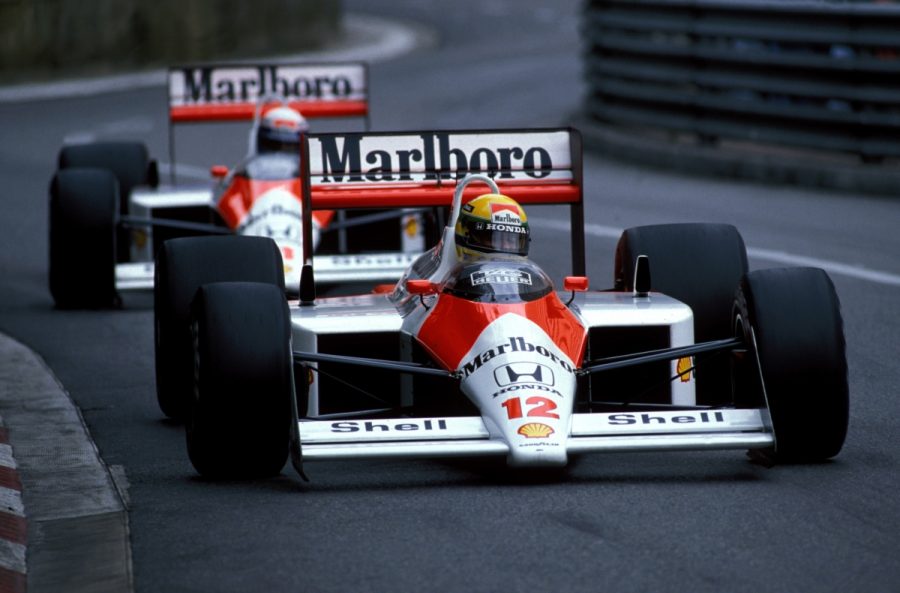
©XPB Images
SIMULATION HAS ITS LIMITS
As advanced as F1’s simulation technology has become, this sort of testing remains in the realms of a virtual world where not all factors can be reproduced faithfully.
If tyre structure can be designed at the factory and tested on the dyno, the chemical composition of the rubber can only be assessed in live conditions. And with last year’s track sessions not yielding representative results, Pirelli already knows it will need several grand prix weekends to collect valuable data on tyre behaviour and degradation.
“The teams have given us the expected performance levels at the beginning of 2017 and at the end of ’17,” Pirelli racing manager Mario Isola told Racecar Engineering for their December 2016 issue. “So when it came to working out the required integrity of the tyre we looked at the data for the end of 2017 and added a margin.
“We have tested that on the rig, but in terms of compounds it’s very hard to work out on the rig; you can get some idea but you really need to run on track and get the real data. The suspension of the cars will be totally different and the loads through them and the chassis will be totally different to now, too, as a result.”

©Wri2
AN EQUATION WITH SEVERAL UNKNOWNS
Pirelli’s engineers do not know yet how 2017 cars will get temperature into their tyres, as expected loads remain approximate figures and there are several other factors coming into play.
For instance, higher loads (due to the car being heavier and faster in cornering) combined with a wider track and a lower centre of gravity mean the body roll will be weaker, resulting in a limited load transfer from the tyre on the inside of any corner to the one on the outside.
“Temperature models are the most difficult to make, this is the hardest part of the development and that’s why we need to test on track,” Isola continued. “With the increase in performance you have more energy going into the tyres, so that may increase temperature, but a bigger contact patch could balance that out. […].
“The teams will have to design suspension and mounting points but they have to put in a factor of safety. Nobody really knows what the loads will be, it’s just simulation and we all need real data.”






